A Short History of the Marist Brothers – Part 1 of 4
The year 2017 marked 200 years since the foundation of the Marist Brothers at La Valla. 1816 marked 200 years since the foundation of the Society of Mary, the umbrella of our Marist Family of congregations, at Fourvière. And in 2013 we celebrated 175 years of Marist presence in the Pacific. This article and those that follow present the history of a 'branch of a branch' of the Marist tree, as it were, and it gives us an opportunity to celebrate the whole Marist project, particularly since, in its beginnings, this former province of the Marist Brothers reflects quite faithfully the beginnings not only of the congregation of the brothers but of the Society itself.
The basic structure of these articles is the life, death, and what may be called the afterlife of our founder, Marcellin Champagnat. Champagnat died in 1840, after his first brothers had already reached the Pacific. He was declared Venerable in 1896, when his congregation was expanding worldwide and its educational apostolate was already firmly established in this part of the world. Half a century later, in 1955, Marcellin was beatified, not long before both congregation and province achieved their maximum in numbers of professed religious and candidates in formation. And less than 50 years later, when he was canonised in 1999, both congregation and province were deep into what we might optimistically call a phase of mutation. In each of those stages we observe changing patterns of relationship with the Society of Mary.
When Champagnat died in June 1840, his congregation had clear structures, followed a monastic life style, and was definitively orientated towards education through schools and similar institutions, such as orphanages, in rural areas and the poorer parts of towns. This development is associated with the Hermitage, particularly from 1827 onwards. But if we look back to the beginnings at La Valla, from 1817 to 1824, we find a rather different picture: minimal structures, a simple lifestyle like that of the peasants among whom they lived, and a variety of ministries. Obviously, the first candidates had to be formed in both religious life and elementary teaching, but this did not prevent them becoming involved in apostolic activities from the very beginning. So, we find them visiting the old and the sick, taking in poor children to feed and educate, collecting money and goods for distribution to the poor. Sometimes they did this accompanying Champagnat on his rounds of an extensive and geographically challenging parish. At others, it is clear, they did so on their own initiative. And, as soon as they were ready, they took to catechising in La Valla and the neighbouring hamlets.
We must remember that at this stage Champagnat did not see himself as a founder. What he was doing was setting up a group of brothers, as he considered he had been entrusted to do, as part of the projected Society of Mary inspired by Courveille. Courveille himself was to join the group in its last year at La Valla and the first years at the Hermitage. Meanwhile, Colin at Cerdon was giving shape to a rather different vision of the Society, the one that was eventually to be recognised by Rome. But at this stage, despite some tension between Courveille and Colin, the differences were not apparent for Champagnat and his brothers.
Now, when we look at the lives and experiences of the early missionary brothers in New Zealand and the Pacific Islands, we see at once that they do not fit the Hermitage model, but they do fit the La Valla one very well. Change the place, change the culture, but the lifestyle and ministries are almost the same.
Take, for example, Br Basile Monchalin who came to New Zealand at the end of 1840, the year Champagnat died, carrying with him a copy of the Founder’s Last Will and Testament, which we still have with us. He spent over 50 years on the New Zealand mission and is buried in Napier. Had he remained in France, Basile would probably have spent his life exercising his trade of shoemaker at the Hermitage or elsewhere. In New Zealand, in the early days at Kororareka, in what is now Pompallier Mission, he did work at shoemaking when material was available, but mainly as cook, baker, hunter and butcher. He was sometimes required to act as doctor. At times, he accompanied the priests on visitation and did some catechising. Besides making shoes, he probably helped with bookbinding. Later, at Meeanee in Hawkes Bay, it was building, fencing, farming, droving which occupied his time as well. And he still enjoyed catechising the Māori children in his old age.
Even the fact that, except in rare establishments such as the procure in Russell, they were unable to live in community – something that became a sticking point between the congregation and the Society later in the century – reflects fairly faithfully the period of the beginnings. The first school communities were generally only two-man ones, and we have the case of Br Laurent Audras spending much of his time by himself as catechist in the remote parish hamlet of Le Bessat, high on the slopes of Mt Pilat -- not an uncommon experience for brothers working in the first decades of the Oceania mission.
Up to 1852, the brothers in Oceania had no problem with identifying themselves as members of the Society of Mary. But after the separation of the two congregations that year, while they continued to work for the Society in the missions, they no longer formed part of it. This situation was to lead much later on to questions about their actual identity, for others, though not themselves. Yet I think we can claim that, both before 1852 and after, brothers and fathers living and working together in the missions reflect one of the aspirations of the original Marist project. We have, besides, the sentiments expressed by the Visitor to the Marist Missions, Fr Victor Poupinel, to the Superior General of the Brothers, Br Louis-Marie, in 1865, asking for brothers specifically for the schools: “And who will provide good schools in our distant colonies without the help of the Brothers? Our two congregations began these missions together, the Brothers have found themselves there side by side with the Fathers. Should they not continue in a common accord this difficult but very meritorious enterprise?”
This article is adapted from a paper delivered in Auckland in 2017. The paper was published in Forum Novum on the Society of Mary website -- www.maristsm.org/en/forum-novum.aspx -- and it is used with the permission of Fr Alois Greiler SM, the editor of Forum Novum.
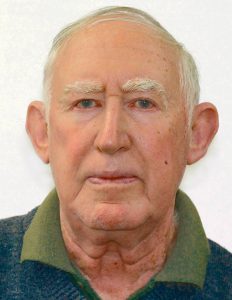
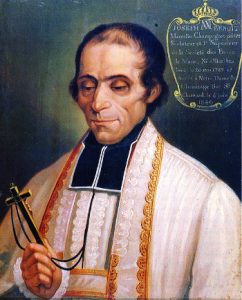
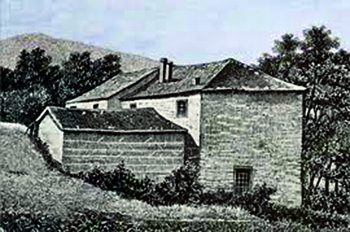
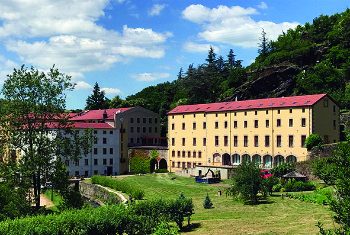
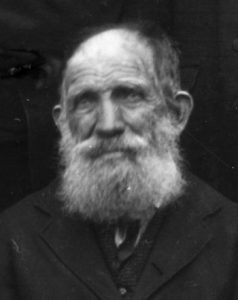
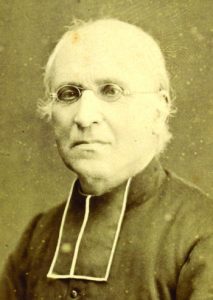
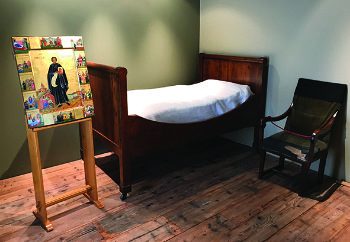
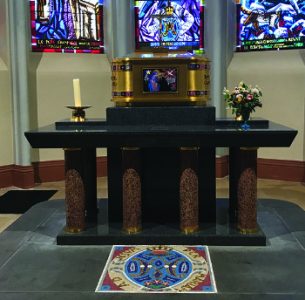
 Entries(RSS)
Entries(RSS)